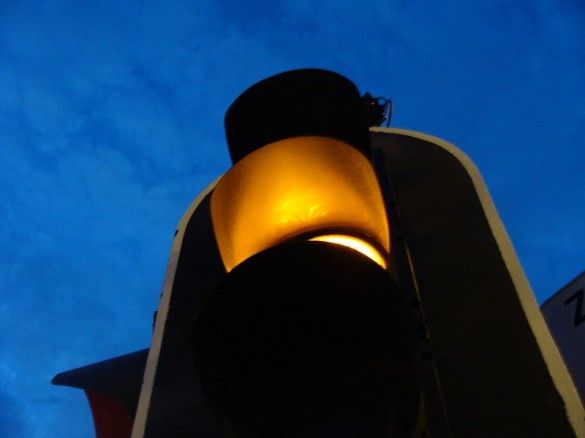DOT Claims The AAA Red Light Camera Study Is Totally False

A report from the American Automobile Association (AAA) came out last month stating that red light cameras rigged to traffic lights on Ocean Parkway and Emmons Avenue are 15 percent shorter than the average three second time for a yellow light to change into a red light.
The nationwide not-for-profit group called for widespread changes in New York’s yellow traffic light timings based on their findings. New York does not have a legal time requirement for a yellow light, and AAA claimed that this is a danger for pedestrians and drivers.
Now, information has come from the Department of Transportation that states the study done by AAA was completely bogus because the intersections they claim to have surveyed are timed at three seconds, an appropriate duration, while some of the intersections in question don’t even have red light cameras.
AAA is now saying it’s study wasn’t all that much a study at all.
“It wasn’t really a study,”said AAA Spokesperson Robert Sinclair, in a story published by Streets Blog. “It was an ad-hoc survey.”
What is factual is that the cameras brought in a lot of money from tickets issued, up to $235 million in funds in the past five years. As we’ve stated before, many drivers and advocates say that the cameras and quick-to-change lights are a danger and a way to collect quick revenue, rather than a means to control traffic safety.
After the AAA reports surfaced, DOT claimed they did their own survey on the intersections AAA mentioned and found them to be within regulation. They also put up a frequently-asked-questions post on their site refuting the claims that AAA made:
Myth: Traffic signals are timed with shorter yellow signals to snare motorists.
Fact: New York City’s traffic signals are all timed to provide a minimum of 3 seconds of yellow light, which is consistent with national guidelines. Red-light cameras take pictures 0.3 seconds after the light has turned red.
Myth: A news report found four camera locations where signals were timed to less than 3 seconds.
Fact: All four locations reported on were immediately inspected and all were found to have appropriate timing. Two of the four intersections reported on didn’t even have red-light cameras. There has been no substantiation that any red-light cameras in this report were improperly timed or led to any violation being issued incorrectly.
AAA still states that the unregulated lights need to be addressed.
“Whatever it takes — if it’s a city law, if it’s a state law, there need to be some standards put into place,” said Sinclair.



